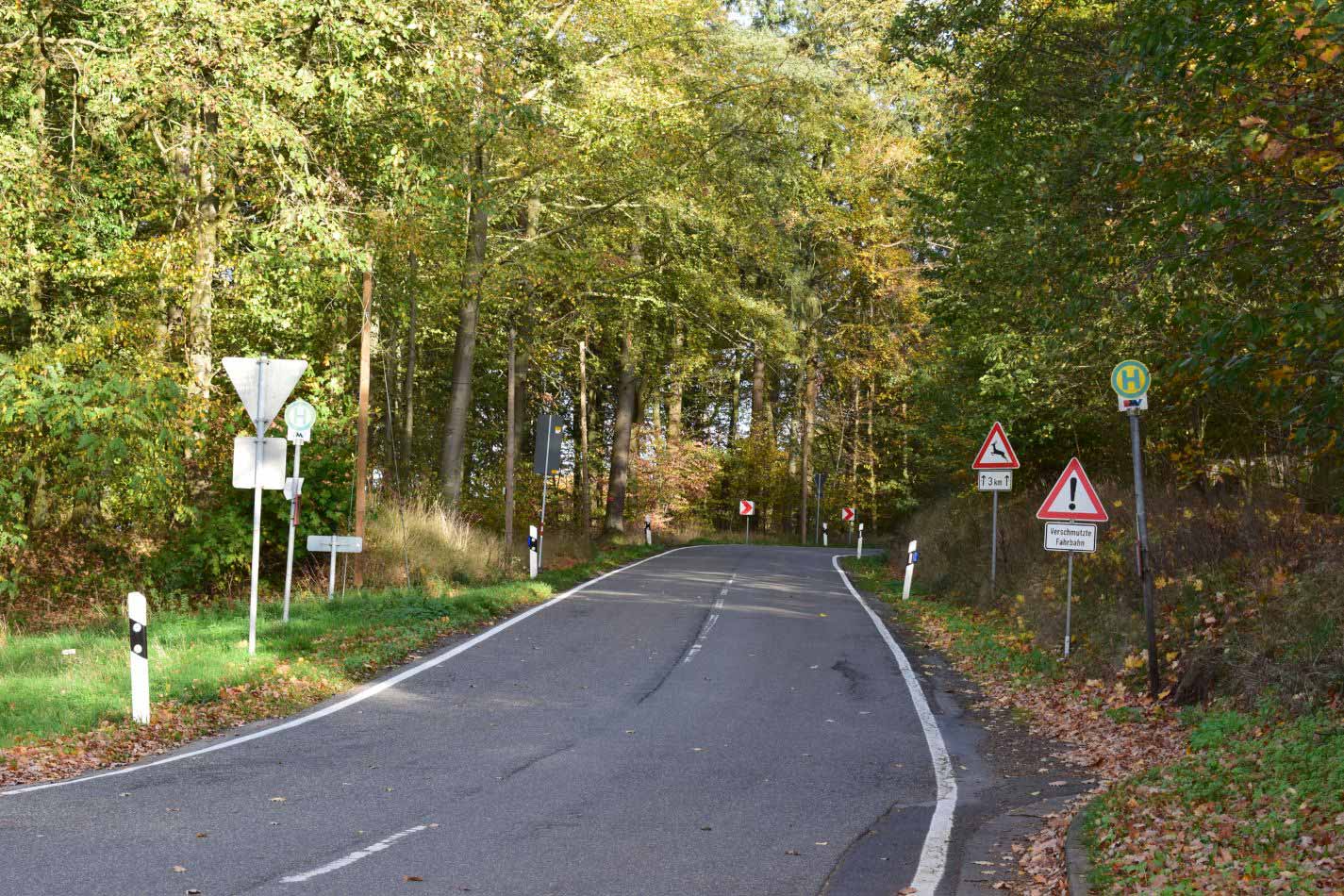Vertical road signs are essential for ensuring safety and order on the roads: they regulate behavior, prevent accidents and properly guide all road users, both in urban and rural settings.
To be truly effective, they must comply with precise standards that regulate their types, dimensions, installation, and maintenance. Understanding how they work and their practical applications helps improve territory management and promotes safer mobility.

What are vertical road signs and why are they essential
Vertical road signs include all those signs installed on supports raised above the road surface, and are distinct from horizontal road signs—which are instead drawn directly on the road surface and include lines, arrows, zebra crossings, and symbols.
In urban areas, vertical road signs regulate traffic, indicate obligations, prohibitions, and essential information for the safety of citizens. In rural areas, their role is even more crucial in preventing accidents, especially on dangerous stretches, blind curves, or hidden intersections.
In addition to guiding users, vertical road signs provide an important orientation function, particularly useful for those unfamiliar with the area; therefore, proper visibility and readability are essential requirements.
Categories of vertical road signs according to the Highway Code
According to the regulations on vertical road signs set out in the Highway Code, signs are divided into three main categories:
- warning signs: indicate potentially hazardous situations (curves, narrowings, dangerous intersections);
- regulatory signs: include prohibitions, obligations, and restrictions (speed, overtaking, access);
- information signs: provide useful information such as directions, locations, parking.
In addition to these categories, there are temporary signs, often used in case of roadworks or accidents, and light signals, which supplement or replace static signs in specific contexts.
Complementary devices are also part of vertical signage, such as speed bumps, barriers, reflectors, and road mirrors, which are essential for improving visibility in certain situations.
Road mirrors and complementary devices
Road mirrors are among the complementary devices indicated by art. 38 of the Highway Code, which provides for their use at intersections with reduced visibility, dangerous curves, or accesses that are difficult to monitor visually.
The use of a parabolic mirror is recommended when the layout of the area makes it difficult to clearly see oncoming vehicles or pedestrians. Among the most common types are basic mirrors, used in environments with favorable weather conditions, and smart mirrors: equipped with technologies that enhance their performance, such as anti-fog, anti-freeze systems, temperature and humidity sensors, and independent power supply.
Among the latter, Safe Join stands out as a concrete example of functional evolution: an intelligent road mirror with an automatic heating system and independent electronic management, capable of ensuring excellent visibility in any weather condition.
How vertical road signs are installed
The installation of vertical road signs follows a precise technical procedure. Each intervention requires:
- assessment of necessity and obtaining municipal authorizations (the procedure varies depending on the municipality);
- selection of materials compliant with regulations (reflective panels, certified supports);
- analysis of the positioning of vertical road signs, considering visibility, distance, and obstacles.
Incorrect placement can compromise their function; technical guidelines help prevent these issues and ensure a positive impact on road safety.
Regulations on the height and dimensions of vertical road signs
The height and dimensions of vertical road signs are regulated by technical standards that ensure their visibility and effectiveness.
Specifically, in pedestrian areas, signs must be installed at least 2.20 meters above the ground to avoid interfering with pedestrian passage. The size of the panel varies according to the category of the sign and the speed of the road, ensuring correct readability in all situations.
In special areas, such as school zones, historic centers, or narrow urban streets, the regulations allow for specific adaptations to meet the characteristics and needs of the context.
Road signs and road safety: focus on innovative technologies
Technological innovation is changing the way signage is conceived, making it more effective and adaptable. Smart devices like Safe Join integrate the signage function with advanced solutions, already adopted in several high-risk contexts.
In this scenario, vertical road signs continue to evolve: they comply with regulations, adapt to the territory, and grow thanks to the contribution of technicians, administrators, and citizens attentive to safety.